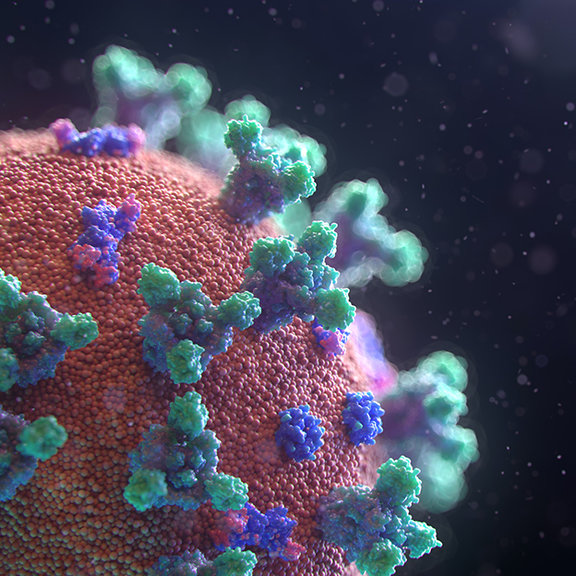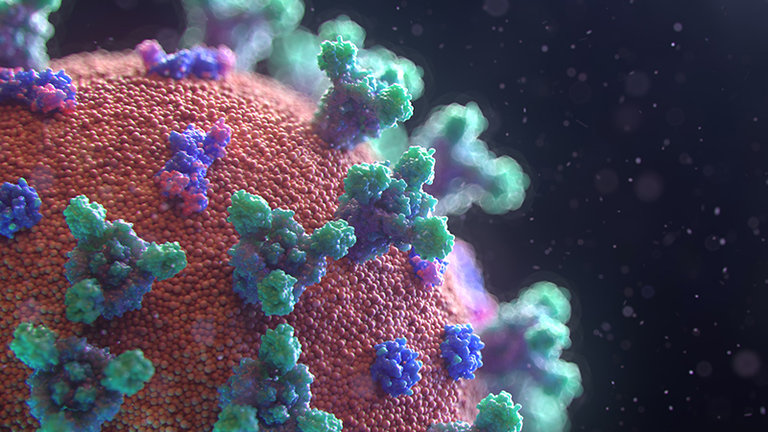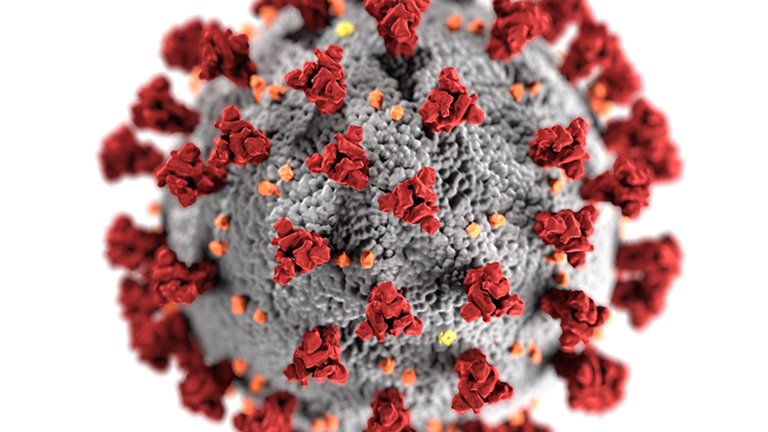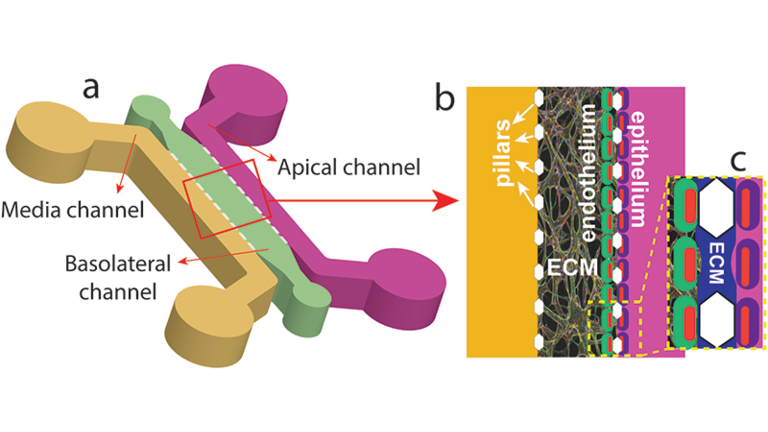The Antioxidant Pathway: A Potential Target for Treating COVID-19
The condition of patients severely affected by the SARS-CoV-22 virus can often deteriorate to a fatal degree due to a runaway response by the immune system, known as a cytokine storm. The goal of Paul-Henri ROMEO, Director of the Institute of Cellular and Molecular Radiobiology, and the partner teams is to identify the predictive biomarkers of the cytokine storm and to find a preventive therapy based on already-approved molecules. Their approach? The KEAP1/NRF2 antioxidant pathway.
The Role of the KEAP1/NRF2 Antioxidant Pathway
The hypothesis of Paul-Henri Roméo's team and the partner teams is that the activation of the body’s protection mechanisms against oxidative stress can help the body fight the SARS-CoV-2 virus and limit viral replication. Indeed, the body develops defenses against inhaled oxidants to protect the lungs. The KEAP1/NRF2 antioxidant pathway, activated by these oxidants, makes a major contribution to this protection by enabling the expression of antioxidant proteins.
The goal of the research work is therefore to demonstrate the relevance of targeting the KEAP1/NRF2 antioxidant pathway for treating COVID-19.
The results of the work could have applications in combating SARS-CoV-2, but also other respiratory diseases involving a cytokine storm.
How It Works
How It Works – The research program will take place in several phases:
- Study of the expression of the Trim33 gene necessary for the inflammatory response
- Results obtained by studying patients suffering from asthma or COPD indicate that the level of expression of the Trim33 gene in blood cells could be a biomarker for aggravation of the disease. Trim33 gene expression analyses will be performed on COVID-19 patients to determine whether the level of expression of Trim33 is a predictor of how the disease will develop
- Similar study but targeting the KEAP1/NRF2 pathway
- Analysis of blood cells at different stages of the disease in order to map and identify potential biomarkers
- Validation of biomarkers using the data from the CORIMUNO-19 therapeutic trial conducted by the AP-HP (Paris region university hospital trust) on a cohort of 800 patients suffering from COVID-19
- Study of the drugs currently being tested as part of the CORIMUNO-19 clinical trial: do they have a positive impact on the expression of the cytokines responsible for inflammation and do they use the KEAP1/NRF2 pathway? The studies will be extended to the effects of direct activators of the KEAP1/NRF2 pathway on the evolution of viral replication and on the cytokine storm
CEA Paris-Saclay
Multidisciplinary Research Teams
The research project is conducted jointly by several research teams:
- The team led by Paul-Henri ROMEO, Director of the Institute of Cellular and Molecular Radiobiology
- Teams from the IDMIT institute (Infectious Diseases Models for Innovative Therapies) at the François Jacob Institute of Biology (CEA Fundamental Research Department)
- The Rhumatology team of Inserm joint research unit UMR1184 at the Hôpital Bicêtre
2. Severe Acute Respiratory Syndrome CoronaVirus 2



